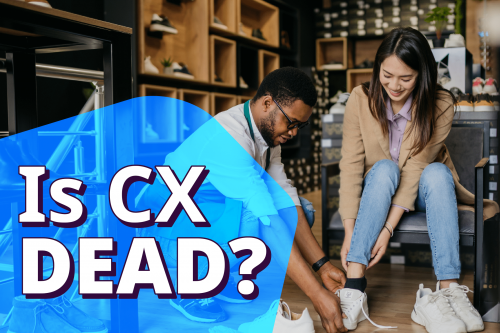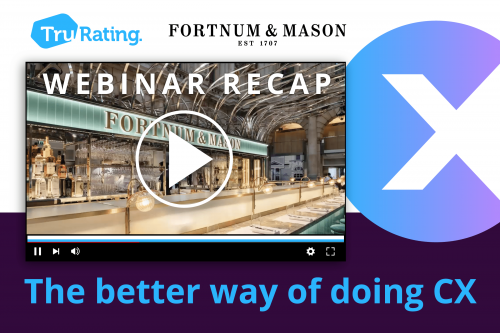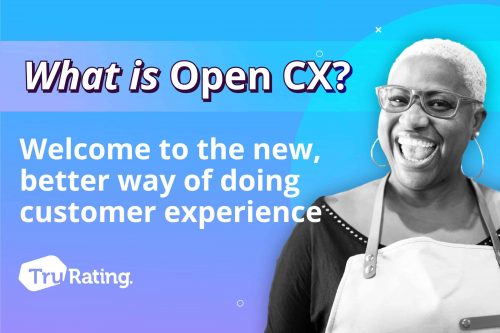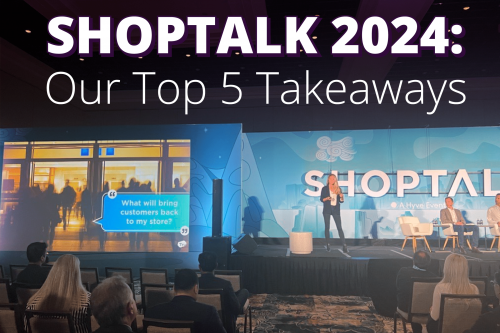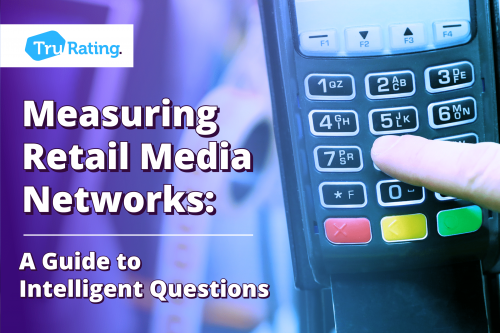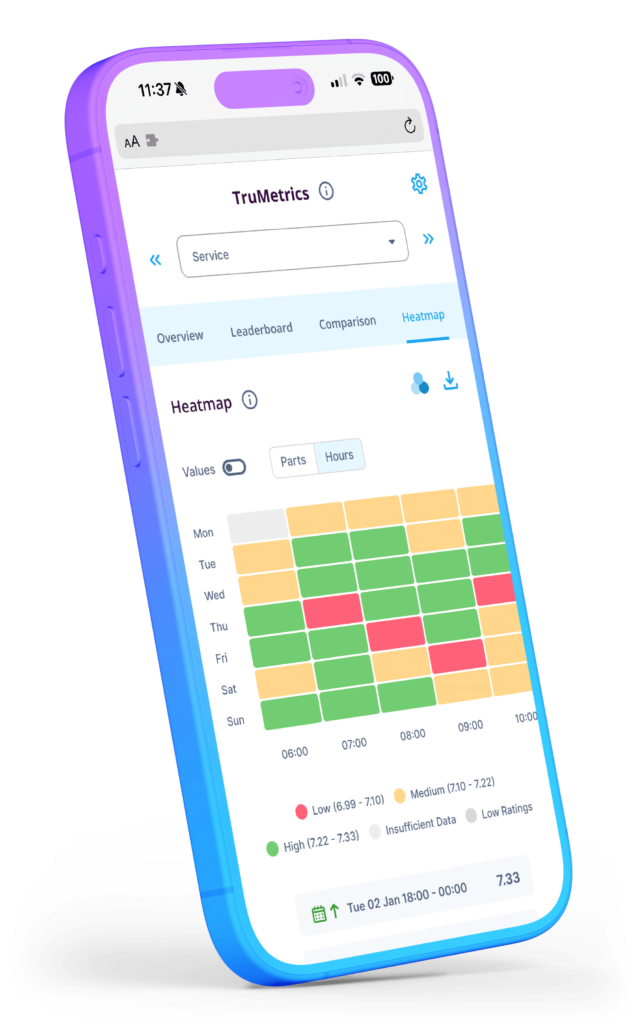The term Customer Experience gets thrown around a lot, but put on the spot, if you were asked to provide a quick catch all definition, would you know what to say?
If the answer to that question felt more difficult than you’d expected, feel no shame – defining customer experience in its contemporary usage is more complicated than at first meets the eye.
In an effort to understand what Customer Experience really means in today’s retail landscape, we’re going to take a dive through some of the constituent parts that make up CX, with an aim to give you some practical tips along the way on how to apply some these learnings in your own organization.
Over the next few weeks, some of the topics we’ll be covering will include:
- What is Customer Experience?
- The Rise of CX
- The Challenge of In-Store Analytics
- Measuring CX
- Who owns CX?
- Is your organization making the most of CX?
As they become available, we will provide links to each of these posts, but in the meantime, do make sure to follow the TruRating social channels – LinkedIn; Twitter; Facebook; Instagram – as we’ll be pushing out all sorts of interesting CX tips and articles as we go (as well as links to each new post as soon as they’re published).
If there’s anything you’d like to see us cover as we go, please leave comments and we’ll do our best to keep you happy! Without further ado then, let’s kick things off with that most fundamental of questions – just what exactly is customer experience?
An Introduction to Customer Experience
For many retail professionals, Customer Experience (CX) is now regarded as the biggest driver of organizational growth, competitiveness and revenue for businesses today.

While many are keen to talk about the ‘strategic benefits’ of customer experience and debate which companies do it best, it’s not always immediately clear, just what people are referring to when they talk about the ‘customer experience’.
To try and help clear things up, here are two definitions from respected CX veterans.
A simple Customer Experience definition from Forrester
You won’t get much more pared down than definition of customer experience from Forrester: ‘CX is how customers perceive their interactions with your company’.
When a customer interacts with your business, they have an experience, and in turn they form a perception of this experience. When we talk about customer experience we’re usually talking just this – the feeling a customer has when they interact with your business.
As we all know however, feelings can be complicated things. The important thing to note here is that CX is a subjective thing. Two customers may have very similar interactions with your business but come away reporting completely different reactions. The art of owning customer experience is managing this discrepancy.
For many businesses, a key part of CX strategy is about providing as consistent an experience as possible across every customer touch point. While theoretically you might think this would level the CX playing field, it can result in an unimaginative and uniform approach to customer service.
Depending on your customer’s wants, this can be a good or bad thing. There is no one size fits all approach to Customer Experience – what works for one business, may not necessarily work for another.
The truth of the matter is that finding the right CX strategy for your business is not always an easy job. Consultants Bain & Company deliver a tough truth for retailers, in their paper ‘Closing the Delivery Gap’,
“It’s extremely difficult to understand what customers really want, to keep the promises you make to them and to maintain the right dialogue to ensure that you adjust your propositions according to customers’ changing or increasing needs. And it’s only going to get harder...”
The Gartner Approach to Customer Experience
“Customer Experience (CX) is the practice of designing and reacting to customer interactions to meet or exceed customer expectations, and thus increase customer satisfaction, loyalty and advocacy.” – Gartner Definition of CX.
For Augie Ray, Sr. Director of Analytics at Gartner, the real answer to the question ‘What is Customer Experience‘ is not so much about finding shortcuts to common business objectives such as sales, ‘acquisition and revenue’, as it is about creating experiences your customer will love, that will make come back, and create lifelong fans of your business.
For Ray the objective measurement of delivering good Customer Experience, appears to be less about how you achieve your outcome, rather than ensuring the strategic intent driving your actions is based on a customer-first mindset.
Businesses’ tend to have objectives that differ from what their customers want. While you may want to drive revenue, build brand awareness and encourage customer loyalty, these in and of themselves are not really the things your customers care about.
By creating ‘great experiences’ you can certainly achieve some of these goals, but if the only motivation behind what you do is to increase your bottom line, by Ray’s definition, ‘you are not doing CX at all’.
Align your strategic objectives with the concerns of your customers (e.g staying true to authentic brand values, providing ethically sourced goods, drive emotionally positive experiences etc.) and rest will fall into place.
Check out this quick video to get a taste of Augie Ray’s CX approach in his own words.
How did we get here…
Hopefully you now have a little more of a sense of just what customer experience is, for our next post in the series we’re going to take a little dive into how CX came to be a prevailing topic of interest in retail and business circles.
To learn how TruRating can help you build better customer experiences for your business head to our contact page page.
Look out for the next instalment in our CX series soon.





